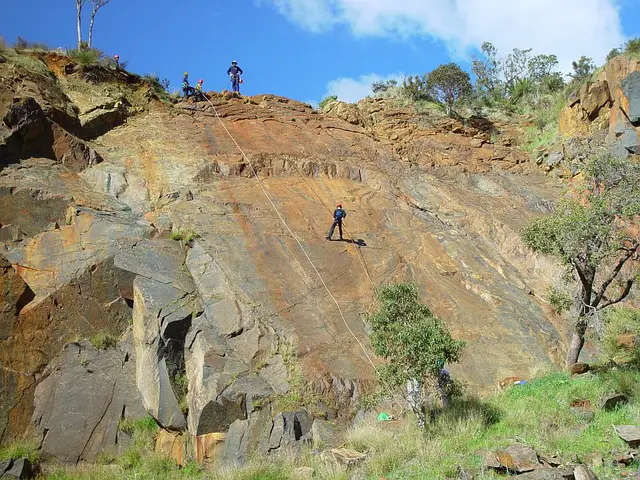Adventure enthusiasts and thrill-seekers often find abseiling, or rappelling, to be an exciting and challenging activity. This involves descending a vertical drop using a controlled technique, and the most critical equipment in this process is the abseiling rope.
What is Abseiling?
Abseiling, also known as rappelling, is a technique used by outdoor adventurers and mountain climbers to descend steep and difficult terrains. The process involves anchoring a rope, attaching a descent device, and methodically and safely lowering yourself down. This technique was initially developed for mountaineering but it is now also used in recreational activities, rescue operations, military exercises and even for industrial purposes. The key equipment used during abseiling is the abseiling rope or rappelling rope, which literally means the ‘lifeline’ of the person descending.
Why is the Abseiling Rope Important?
Strength and Safety
Abseiling ropes are the lifeline of any individual involved in the activity. They are designed to bear large amounts of weight and to withstand friction against rocky surfaces without breaking or tearing. The ropes are made of strong yet flexible materials, and they all come with a certain amount of ‘give’ which allows them to absorb the shock from a sudden fall without snapping.
Control and Movement Ease
Not only do abseiling ropes provide the safety required, but they also provide control and ease of movement to the abseiler. The ropes are typically stiff enough to provide the necessary control, which allows the abseiler to navigate corners, overhangs and other challenging terrains.
What to consider when choosing an Abseiling Rope?
Diameter and Length
The thickness of the rope, or diameter, and length of an abseiling rope are both important considerations. Thicker ropes are stronger, but they can also be heavier and more challenging to handle. Length, on the other hand, depends on the height of the descent.
Rope Type
There are multiple types of ropes available, but the two most common ropes are static and dynamic. Static ropes stretch very little, making them ideal for abseiling and rappelling. Dynamic ropes, on the other hand, are designed to stretch, which makes them good for lead climbing where the elasticity of the rope can reduce the impact of a fall.
Rope Quality
Not every rope is intended for abseiling or rappelling. It’s important to ensure the rope is designed for such activities. Always look for ropes that are certified by international standards like the UIAA or CE.
To conclude, abseiling ropes play a vital role in the safety and control during abseiling adventures or operations. It holds on to the life of the person descending, giving them the security to fearlessly explore challenging terrains, and hence, it should be chosen with care and consideration. Investing in a high-quality abseiling rope is not just a necessary expense, but a life-saving decision.




